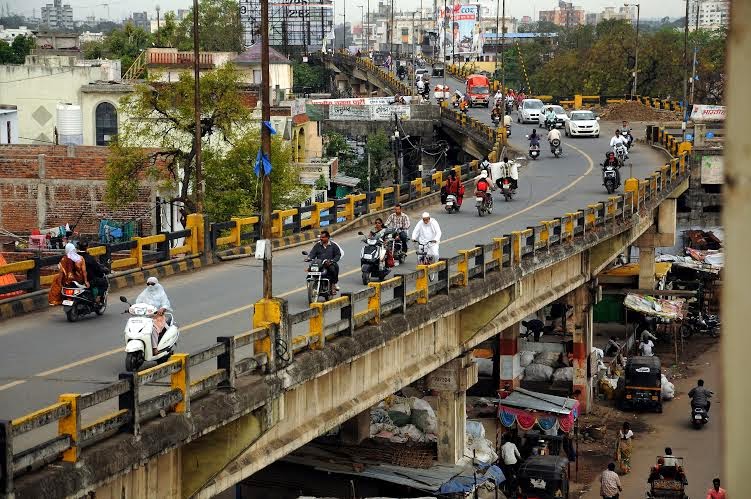Missing from electoral rolls? Then, this is for you...

By Kartik Lokhande Outrage! This was the only word that best described the sentiment of voters who could not find their names in the electoral rolls during the recently Lok Sabha elections. Several voters had Electoral Photo Identity Cards (EPICs) but could not exercise their franchise because of problems with electoral rolls. Then, rough estimates had pegged the voters’ names missing from electoral rolls at a whopping 60 lakh. It had prompted Election Commission of India also to assure some action. Many voters had the same experience during the election of Graduates’ Constituency of Legislative Council in Nagpur Division. With the announcement of Legislative Assembly election likely to be made soon, the issue of voter registration, corrections, and having as-perfect-as-possible electoral rolls, has again occupied the place of significance. After receiving complaints from voters that they could not cast their vote because their names were missing from electoral rolls






